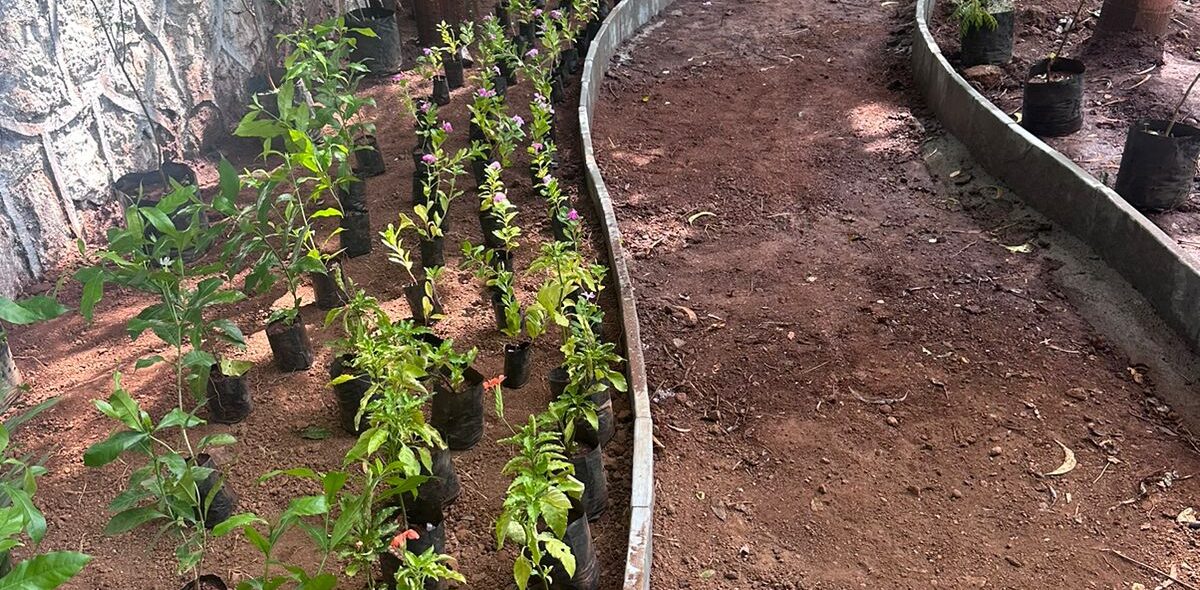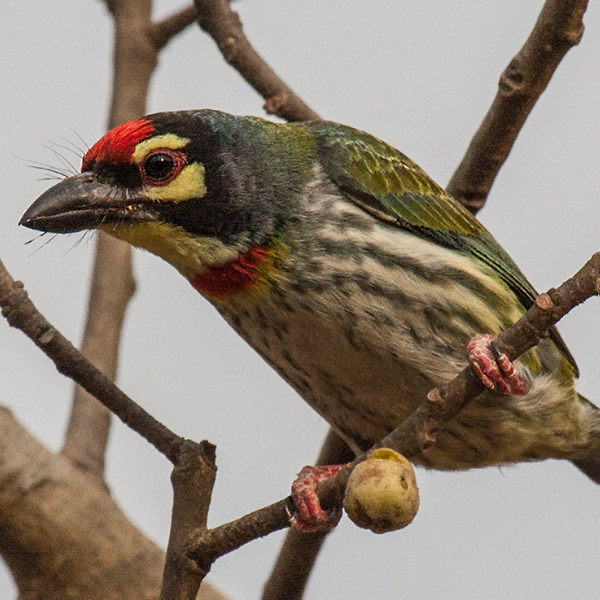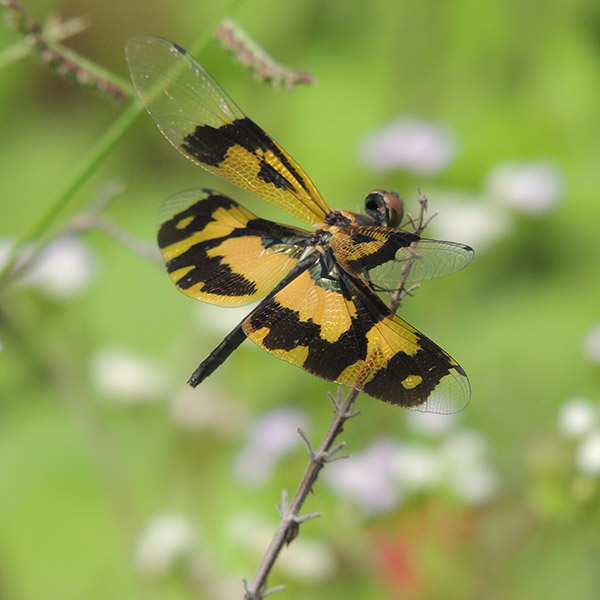URBAN BIODIVERSITY
Restoring biodiversity, creating stepping-stone habitats, and connecting fragmented ecosystems to facilitate the migration and dispersal of flora and fauna. Designed to harmonize biodiversity with urban planning.
Due to urbanization, the construction of roads, buildings, and infrastructure has fragmented green spaces, leaving small, isolated patches scattered across Mumbai.
Consequently, fewer species are thriving in the city, and those that remain are more vulnerable to environmental changes.
Mumbai’s biodiversity is not only shrinking but also becoming increasingly fragile.
Our Solution
Our Green Corridor initiative aims to restore Mumbai’s green spaces by creating connected green pockets throughout the city, bridge fragmented urban areas and support biodiversity.
The initiative prioritizes the use of native plant species, which are well-adapted to the city’s climate and require less maintenance. This approach promotes biodiversity and supports a city’s existing ecosystem. Native species are also better equipped to withstand the pressures of an urban environment, including pollution, limited soil resources, and fluctuating temperatures.
The revival process involves planting new plants and trees, while preserving the existing trees and plantations, resulting in an ideal 70:30 ratio of native to exotic species. It also focused on improving the infrastructure using sustainable materials. The sanitation facilities are refurbished to make them universally accessible.
The Green Corridor Initative also focuses on raising public awareness to inspire people to replicate these efforts in their own neighborhoods.
The ultimate goal is to create a city where human development and nature can coexist, creating a thriving urban ecosystem for both human and natural inhabitants.
Our Work
Udaan Biodiversity Park, Pune
The Nest, Malabar Hill
The Nest, Mahalaxmi
We are working towards building ‘Green Corridors’ across Mumbai are playing a crucial role towards this effort. These corridors connect different habitats and provide important green cover to the urban spaces, acting as ecological lifelines.

The Nest – Malabar Hills – formerly known as ‘Shantivan’, is a hidden gem managed by D Ward, Municipal Corporation of Greater Mumbai and RPG Foundation.
The Nest is an urban forest that blends biodiversity thinking and urban planning to create a natural escape for city dwellers. Each Nest is thoughtfully designed to create stepping stone habitats: fostering native biodiversity and supporting local ecosystems.
The contoured streams and diverse habitats create a serene environment that encourages a deep sensory connection with nature. With clearly labelled plants and tress to educate visitors, this space promotes biodiversity awareness to preserve and encourage native cultivation.
Impact
In a 2023 study, 182 plant species recorded, including 89 natives to the city. After its transformation in 2024 by the Heritage Project where 3000+ plants and trees were planted, it now boasts over 350+ diverse species, nearly 200 of which are native. This planting strategy achieves a 70% native to 30% exotic ratio, an ideal ratio that enhances biodiversity for a flourishing ecosystem.

The Nest – Mahalaxmi – formerly known as ‘Capt. Lotankar Udyan’, is a hidden gem managed by D Ward, Municipal Corporation of Greater Mumbai and RPG Foundation.
The Nest is an urban forest that blends biodiversity thinking and urban planning to create a natural escape for city dwellers. Each Nest is thoughtfully designed to create stepping stone habitats: fostering native biodiversity and supporting local ecosystems.
More details coming soon!
 After
After
 Before
Before
Introduction
The Udaan biodiversity park in Pune is a former 1.5-acre dumping ground. This was transformed to an urban green space which is now thriving with diverse species, including rare and medicinal plants, native butterflies, birds, and animals.
This space is thoughtfully designed to create stepping stone habitats: fostering native biodiversity and supporting local ecosystems.
Impact
After its transformation by the Heritage Project the Udaan Biodiversity Park now boasts over 350+ diverse species. The Shiv Suman, a native plant, was considered as one of the 12 most threatened species in the world, but our conservation efforts have brought it back from the brink of extinction.”

Plants
With over 300 plant species, visitors and students alike frequent this space to learn about various herbal species and native plants. The Shiv Suman was considered as one of the 12 most threatened species in the world, but our conservation efforts have brought it back from the brink of extinction.

Birds and Animals
The Park hosts many habitats (including the nearby stream), food and secure sites for nesting. Thus, it is a small haven for birds both resident and migratory. Total 28 species of birds were recorded in 2023-24. A few other animal groups also form important links to the food chain.

Insects and Butterflies
Intensive research at the garden led to recording a plethora of wonderful insects – 45 species (excluding butterflies and odonates) belonging to 8 different insect orders. These included different types of beetles, flies, bugs, bees, wasps, ants, grasshoppers to name a few. It also hosts the State Butterfly of Maharashtra – Blue Mormon.
